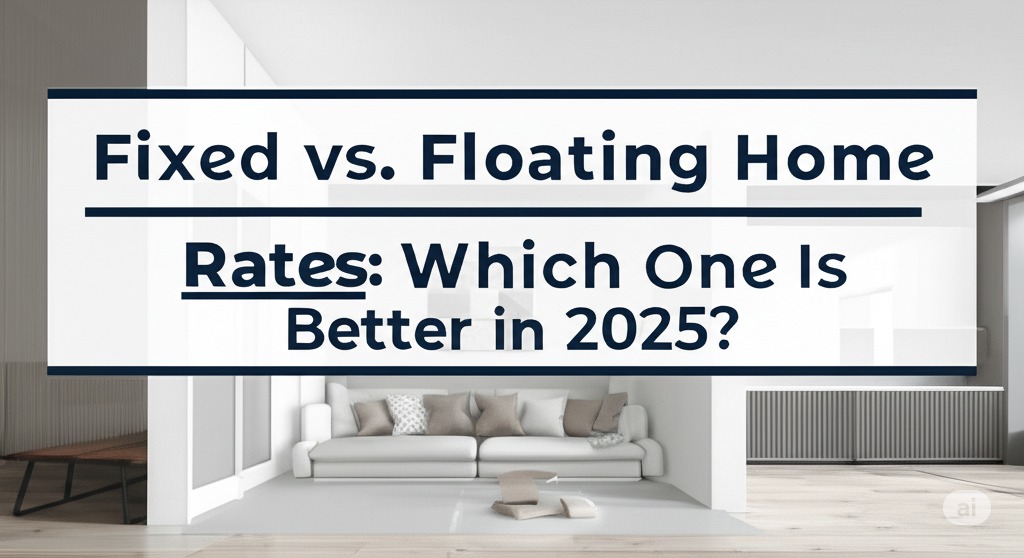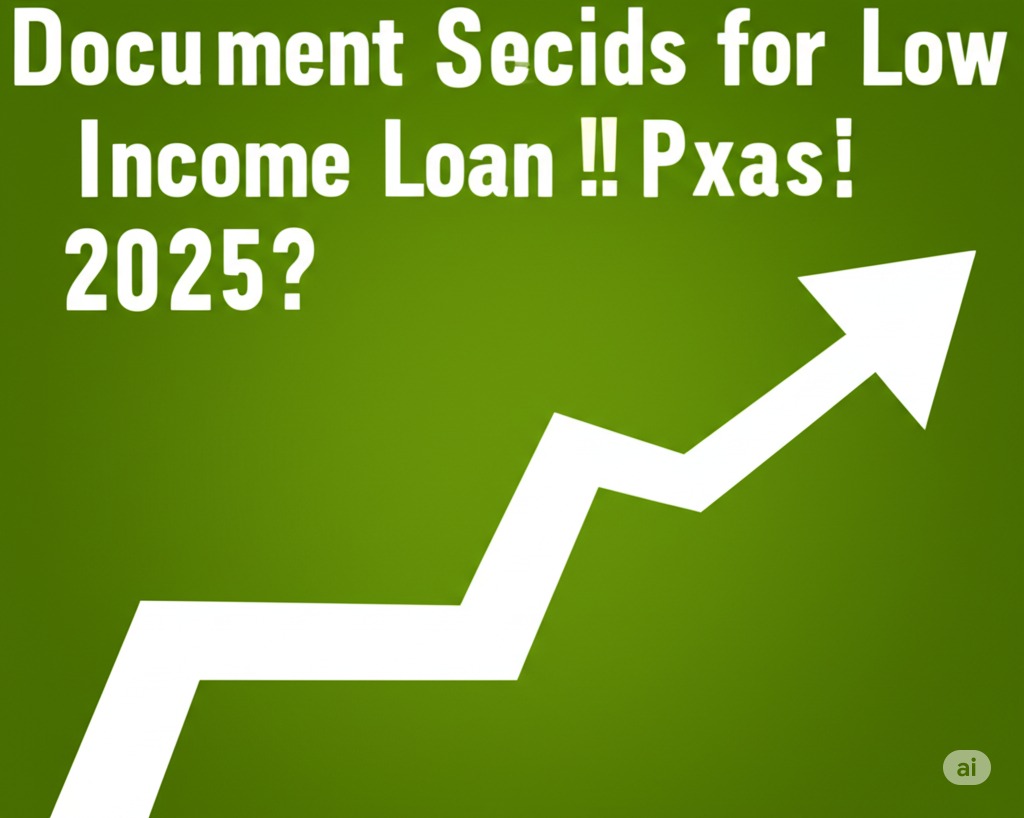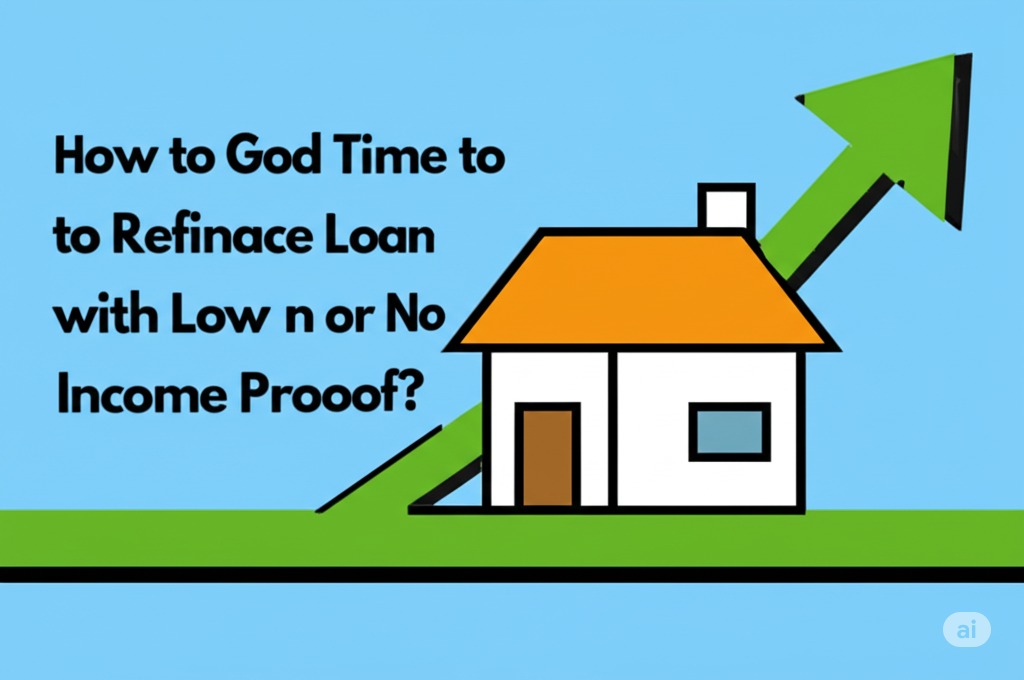Fixed vs Floating Home Loan Rates: Which One Is Better in 2025?
In 2025, choosing the right type of home loan rate is more important than ever. With the global economy fluctuating and central banks adjusting policies to control inflation, borrowers are caught between two popular options: fixed interest rates and floating (or variable) interest rates.
Each has its pros and cons, and the right choice can save you lakhs over the loan tenure. So, which one is better in 2025—fixed or floating home loan rates? Let’s dive deep into the details, break down the differences, and help you make the most informed decision for your financial future.
What Are Fixed and Floating Home Loan Rates?
1. Fixed Interest Rate
A fixed-rate home loan has a constant interest rate for a set period, usually 1 to 10 years. This means your EMI (Equated Monthly Installment) remains the same throughout the fixed term, regardless of market changes.
Example:
If you borrow ₹50 lakhs at a 9% fixed rate for 20 years, your EMI stays the same for the agreed period—no matter what happens to RBI repo rates or market trends.
Key Benefit: Predictability and stability.
Main Drawback: Might be costlier if market rates fall.
2. Floating (Variable) Interest Rate
A floating-rate home loan changes with market interest rates. It is linked to a benchmark (like the RBI repo rate or MCLR), which can rise or fall over time. This means your EMI can go up or down during the loan period.
Example:
You take the same ₹50 lakh loan at a 9% floating rate. If the RBI lowers the repo rate, your interest rate and EMI could drop. But if the rates go up, so will your EMI.
Key Benefit: Potential for lower costs in falling rate markets.
Main Drawback: Uncertainty in monthly payments.
Fixed vs Floating Interest Rates in 2025: A Comparison
Let’s look at how both options stack up in the current market scenario:
| Feature | Fixed Rate Home Loan | Floating Rate Home Loan |
|---|---|---|
| Interest Rate | Stable and unchanging | Varies with market rates |
| EMI Amount | Fixed for loan period | Can change (up/down) |
| Budgeting & Planning | Easy | Needs flexibility |
| Market Dependency | Independent | Highly dependent |
| Best For | Risk-averse borrowers | Market-savvy borrowers |
| Prepayment Charges | May apply | Usually no charges |
| Current Trend (2025) | 9.25% to 10.5% (avg) | 8.5% to 9.75% (avg) |
What’s Happening with Interest Rates in 2025?
The Reserve Bank of India (RBI) has maintained a cautious stance in 2025 to control inflation and manage economic growth. Analysts believe:
- Interest rates may stay stable to slightly rising in the short term.
- The repo rate is currently hovering around 6.5% to 6.75%.
- Lenders have increased their floating rates marginally.
- Fixed rate loans are being offered at slightly higher premiums to cover lender risk.
So, in today’s environment, floating rates are slightly lower, but carry the risk of future increases.
Pros and Cons of Fixed Rate Loans in 2025
✅ Advantages
- EMI Stability: Helps with monthly budgeting.
- Best in Rising Rate Era: Locking a low rate saves money.
- Peace of Mind: No surprises in payments.
❌ Disadvantages
- No Benefit in Rate Cuts: You miss out on falling rates.
- Higher Starting Rate: Fixed loans typically cost 0.5%–1% more initially.
- Lock-in Periods: May come with penalties for prepayment.
Pros and Cons of Floating Rate Loans in 2025
✅ Advantages
- Lower Initial Rate: Often starts cheaper than fixed.
- Rate Drop Benefits: Your EMI reduces when market rates fall.
- Flexible Prepayment: Usually no penalties.
❌ Disadvantages
- EMI Volatility: Not ideal if you need predictable payments.
- Potential for Rate Hikes: Your EMI could increase over time.
- Harder to Budget: Financial planning becomes more complex.
When Should You Choose a Fixed Home Loan Rate?
Fixed-rate home loans are ideal if:
- You’re planning a long-term stay (5+ years) in the home.
- You expect interest rates to rise in the near future.
- You prefer financial stability and predictable EMIs.
- You are a first-time homebuyer and want to play it safe.
Pro Tip: Consider fixed-rate loans if you’re borrowing during a low-rate cycle and expect a market rise.
When Should You Opt for a Floating Rate?
Floating-rate home loans suit you if:
- You believe rates will stay stable or fall over time.
- You’re financially stable and can handle some EMI changes.
- You plan to prepay or refinance in the short term.
- You’re a seasoned borrower and monitor economic trends.
Pro Tip: Floating rates may be best if your income is expected to increase or if you can handle rate fluctuations confidently.
The Hybrid Option: Fixed + Floating Combo
Some banks now offer hybrid home loan schemes in 2025. These start with a fixed rate for the first 2–5 years, then shift to a floating rate.
✔️ Why It’s Popular:
- Combines predictability with long-term flexibility.
- Useful for new homeowners with tight early budgets.
- Lets you take advantage of future market dips.
⚠️ Watch Out:
- Understand the transition terms.
- Check the new floating rate margin (e.g., repo + 2.5%).
Top Banks Offering Competitive Rates in 2025
| Bank Name | Fixed Rate (p.a.) | Floating Rate (p.a.) |
|---|---|---|
| HDFC Bank | 9.50% | 8.75% |
| SBI | 9.25% | 8.60% |
| ICICI Bank | 9.60% | 8.80% |
| Axis Bank | 9.40% | 8.90% |
| Kotak Mahindra Bank | 9.35% | 8.65% |
(*Rates are indicative and may vary by borrower profile and location.)
How to Decide: Fixed vs Floating in 2025?
Ask yourself these 5 questions:
- How long will you keep the loan?
- Can you handle EMI changes if rates rise?
- Do you expect inflation or interest rate hikes?
- Are you planning prepayment in 3–5 years?
- Do you need EMI stability for family budgeting?
General Rule of Thumb in 2025:
- Choose floating rate if you can tolerate some EMI change and believe rates will drop.
- Choose fixed rate if you want peace of mind and expect rates to rise.
Final Verdict: Which One is Better in 2025?
There’s no one-size-fits-all answer. However:
🏠 For most borrowers in 2025, a floating rate offers better flexibility and cost savings—provided you’re comfortable with short-term EMI fluctuations.
But if you’re risk-averse or buying in a potentially rising rate cycle, a fixed rate may be worth the premium for the stability it offers.
Bonus Tips Before You Apply
- Compare rates from multiple lenders before choosing.
- Read the fine print—especially on prepayment and conversion options.
- Consider a balance transfer later if better floating offers emerge.
- Use a home loan EMI calculator to simulate different rate scenarios.
Conclusion
In 2025, the choice between fixed vs floating home loan interest rates comes down to your financial goals, market outlook, and personal comfort with risk. Floating rates offer better savings potential, but fixed rates give you sleep-at-night stability.
Whichever you choose, ensure it’s based on informed decisions—not just what the bank suggests. A home loan is a long journey—make sure you pick the road best suited for your financial map.


